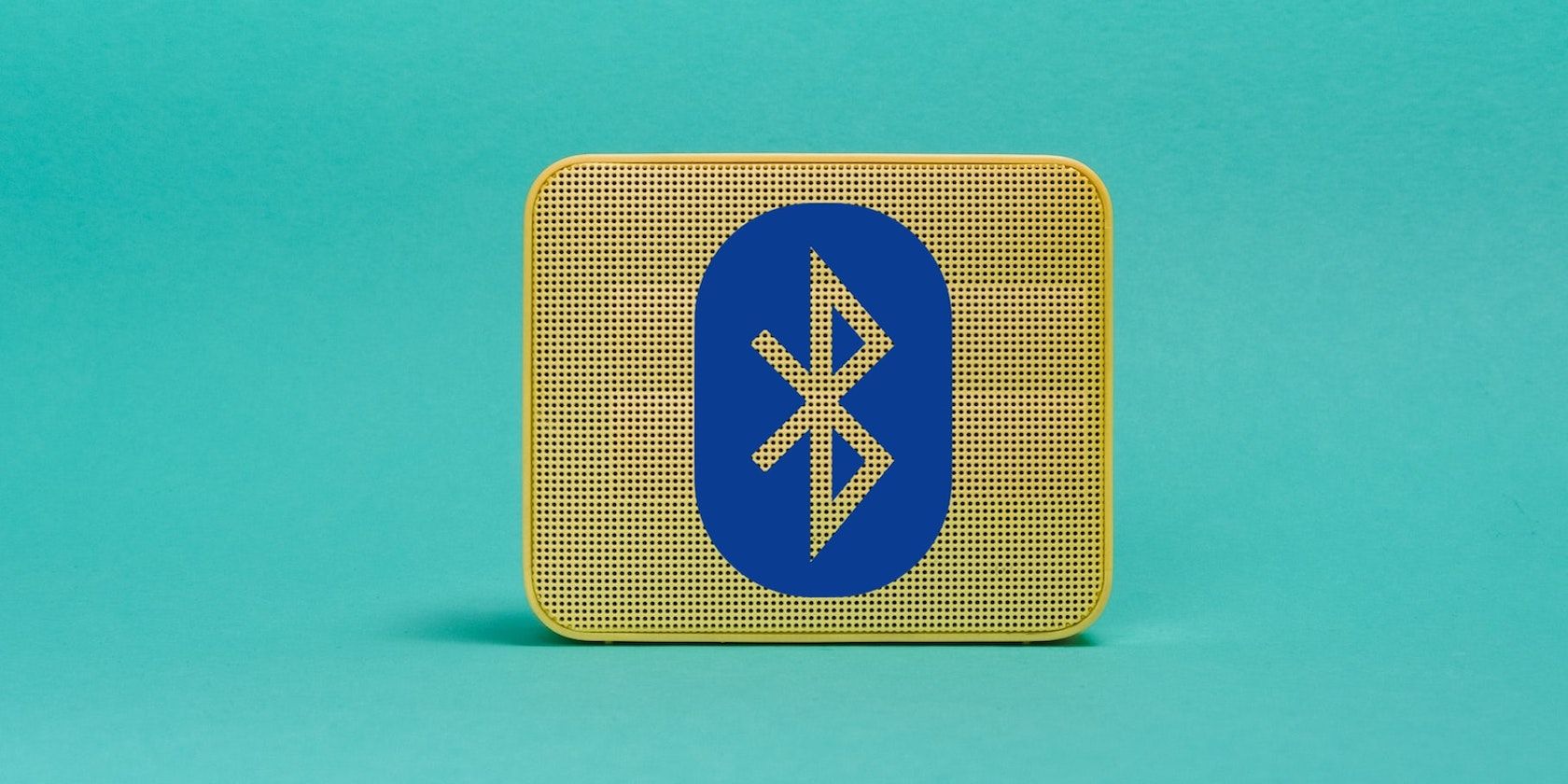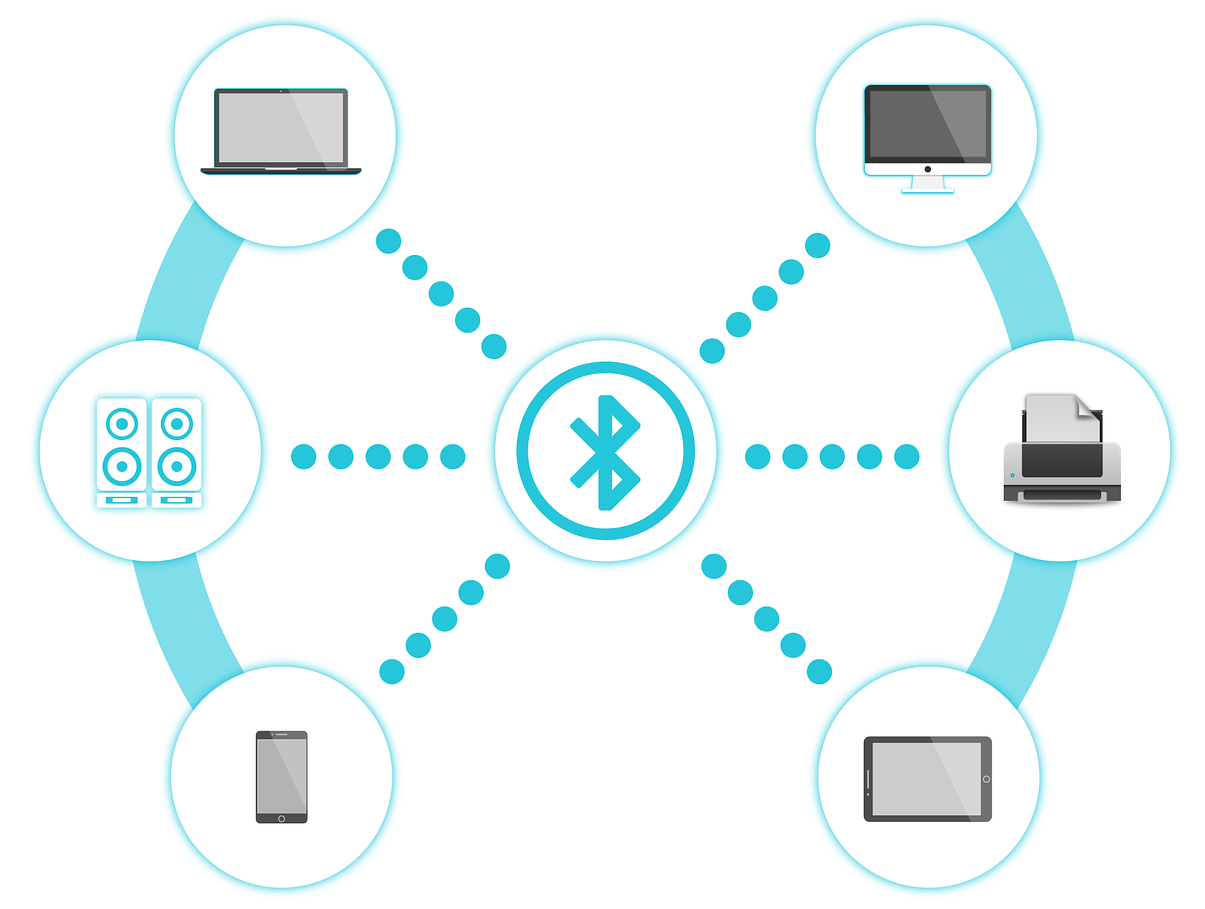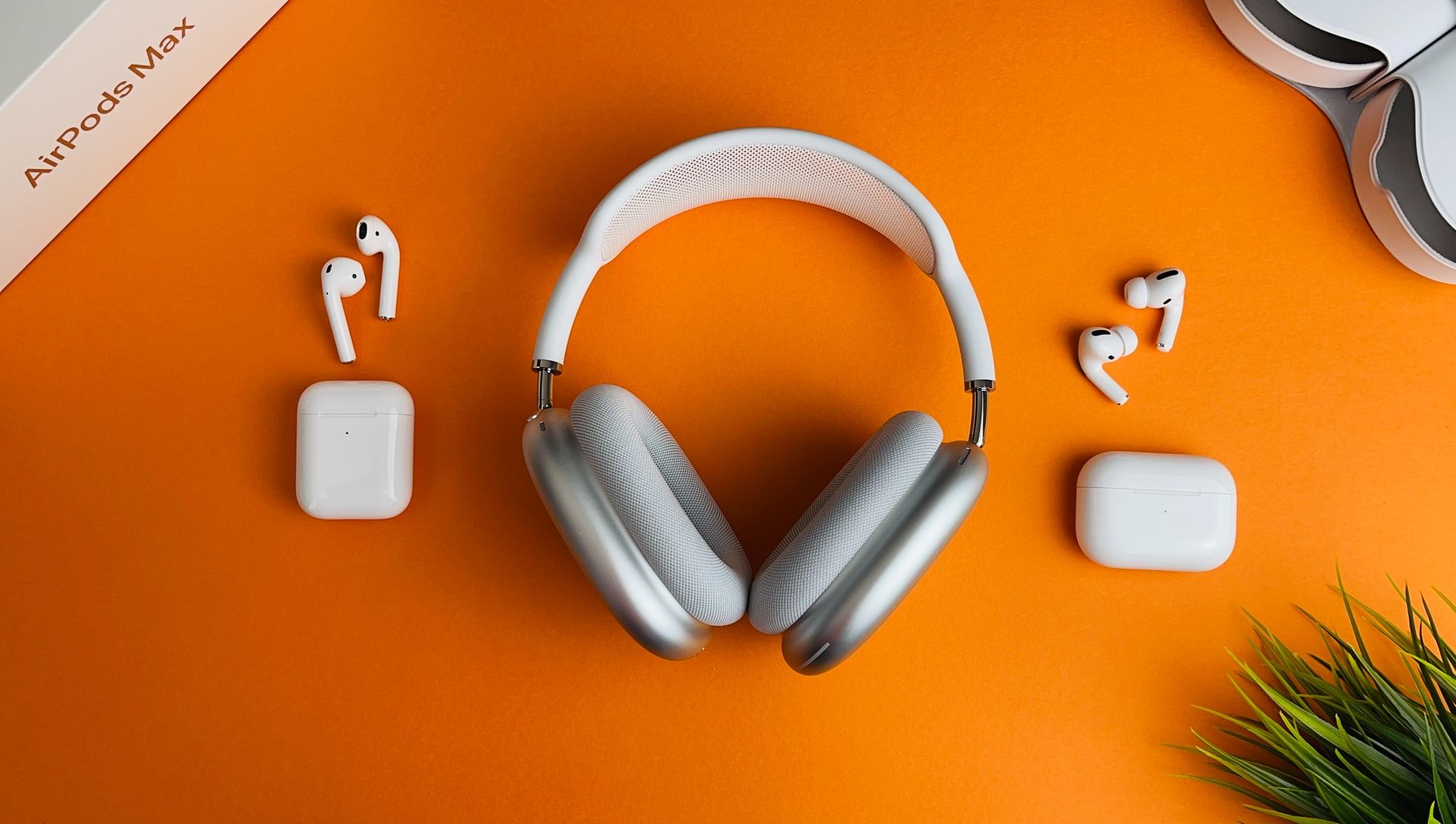Understanding different features of the Bluetooth specification is essential when shopping for Bluetooth-enabled devices like headphones and earbuds. For example, one of the terms you may bump into while shopping for a headphone is the availability or lack of multipoint Bluetooth.
However, what is multipoint Bluetooth? This article explains the meaning of multipoint Bluetooth, how it works, the types of multipoint Bluetooth, and some of its limitations. We also list headphones that support multipoint Bluetooth if you need specific recommendations.
What Is Multipoint Bluetooth?
Multipoint Bluetooth is a feature that allows select Bluetooth-enabled devices like headphones, earbuds, or portable speakers to simultaneously connect to multiple audio sources like a smartphone and a laptop. Starting with version 4.0, Bluetooth added the ability to connect to multiple devices simultaneously to the Bluetooth specification in 2010, together with Bluetooth Low Energy.
The key importance of multipoint Bluetooth is enabling you to switch between two different audio sources without the laborious Bluetooth pairing process. Besides the convenience, multipoint Bluetooth allows you to listen to music from one device while still being updated on notifications from a second device.
For instance, while binge-watching Netflix on your laptop, you can hear and even answer a call from your smartphone without a fuss. This is one of the perfect scenarios where having multipoint Bluetooth comes in handy.
How Does Multipoint Bluetooth Work?
Connecting a Bluetooth-enabled device like your phone to a pair of headphones or earbuds forms a small network. That's the underlying idea of how Bluetooth works. Typically, you only connect one source device to a single Bluetooth audio device. But with multipoint Bluetooth support, that network can be made up of more than two devices.
In this case, you will have one Bluetooth audio device (like your headphones, earbuds, or Bluetooth speaker) and two or three audio source devices, like your phone and laptop.
In this network, your Bluetooth audio device controls how the network operates while the playback device follows its commands. Because of this, you can play, pause, resume, adjust volume, and even play the next audio solely by using your headphones or earbuds without doing so from the audio source. Depending on the type of multipoint Bluetooth, you can achieve different things while connected to multiple source devices.
A good example is when an incoming call from your phone interrupts your music audio from your laptop, enabling you to answer the call using your headphone.
Types of Multipoint Bluetooth
Multipoint Bluetooth comes in different flavors. They include simple, advanced multipoint, and triple connectivity. However, manufacturers also have custom solutions that mimic multipoint Bluetooth functionality.
1. Simple Multipoint Bluetooth
This is the simplest and most common form of multipoint Bluetooth on consumer devices. It allows you to pair up with two audio sources. However, the major downside with simple multipoint connections is it disconnects an existing call to connect to a second one when you receive another call on a second device.
2. Advanced Multipoint Bluetooth
Advanced multipoint Bluetooth differs from simple multipoint Bluetooth in handling interrupted calls. Instead of disconnecting the ongoing call while switching calls, it will put the first call on hold when connecting to a second one. Due to its functionality, advanced multipoint is mainly beneficial to businesses, especially in call centers.
3. Triple Connectivity
As the name suggests, triple connectivity is a form of multipoint Bluetooth that allows you to connect three audio source devices simultaneously instead of the standard two.
4. Proprietary Solutions
Besides the three "standard" Bluetooth multipoint connection types, companies have also developed proprietary implementations to achieve the same functionality as multipoint Bluetooth. However, these proprietary solutions are not forms of multipoint Bluetooth. Instead, the primary motivation behind a company developing its custom functionality is to save cash on licensing.
Which Headphones Have Bluetooth Multipoint?
While in the market for new headphones, or earbuds, you'll quickly notice multipoint Bluetooth is not standard across all devices. And companies don't talk about it that much, either. You, therefore, have to dig deep into the spec sheet to determine whether your device of interest has it or not. Various options are available depending on how much you wish to spend on headphones or earbuds.
The Anker Soundcore Liberty Pro 3 should do it if you're the earbuds type. For headphones, the Anker Life Q20+ or the Sennheiser HD 450BT, one of the most durable headphones as of writing, is an excellent place to start. If you have the money to spend, you can choose premium options like the Sony WH-1000XM4 or Bose QuietComfort 35 II.
Limitations of Multipoint Bluetooth
The main limitation of multipoint Bluetooth is you can only play audio from one source at a time despite its ability to connect multiple sources simultaneously. While this may be a bummer to some, it's just how multipoint Bluetooth technology works. Secondly, not all audio devices offer the same functionality.
Sometimes, one device will be solely designated for music playback (A2DP connection) and the other only for pushing notifications (HFP/HSP connection). It's, therefore, essential to check out online reviews or dig through the device's documentation to know what you're getting.
Thirdly, you can only connect to a maximum of three devices. Additionally, multipoint Bluetooth also prioritizes calls over audio, which might be counterintuitive if you don't want to receive a call at the moment.
Another caveat is multipoint Bluetooth only works with multiple playback devices, not Bluetooth audio devices. That means you can't connect, for example, your phone, to multiple headphones, which, if you think of it, could be an excellent way to listen to music with your friend from a single device while commuting or in a café.
While you can listen to music with friends through different platforms, multipoint Bluetooth doesn't offer a way to connect one audio source to multiple audio devices. The good news is that the Bluetooth Special Interest Group, an organization that oversees Bluetooth development and licensing, introduced the ability to connect multiple audio devices to a single playback device in the Bluetooth 5.0 specification.
Multipoint Bluetooth Helps Solve the Tedious Pairing Process
Although not a standard across Bluetooth-enabled audio devices, multipoint is a crucial feature. We're sure you're well familiar with how tedious pairing Bluetooth can be. Multipoint saves you most of those troubles by allowing you to connect to multiple sources once and then switch between them as you wish. So before splurging on your next pair of headphones or earbuds, consider the availability of multipoint Bluetooth.



